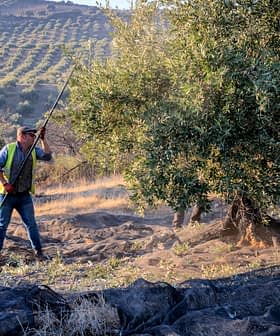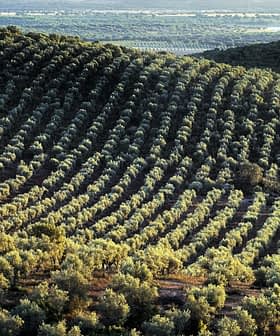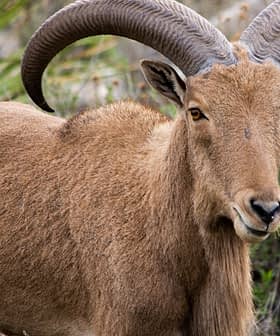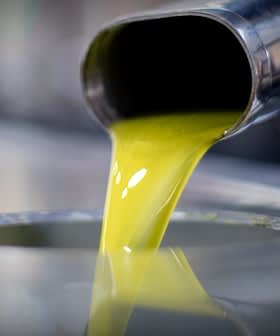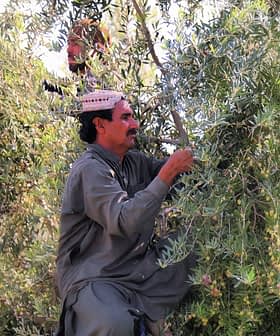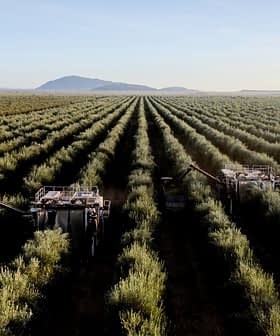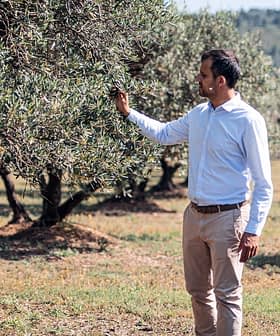Spanish Researchers Study Salt Stress on Olive Trees
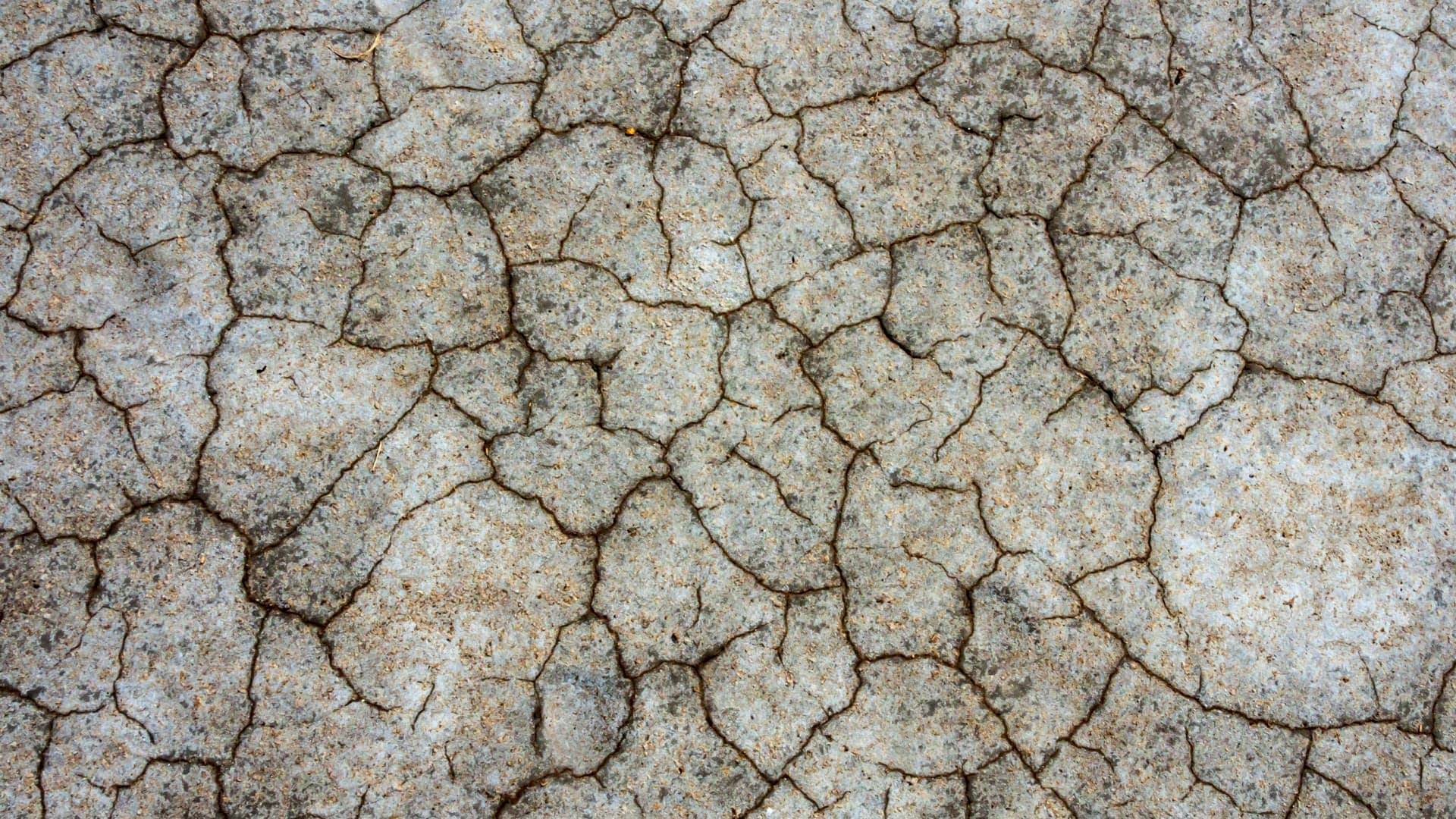
Spanish researchers have published a study on the effects of salt stress on olive trees, highlighting the growing issue of soil salinization in the Mediterranean basin and presenting potential solutions. The study found that olive trees exhibit varying degrees of salt tolerance, with grafting salt-tolerant rootstocks onto sensitive cultivars being a recommended method to enhance resilience in salinized soils.
Spanish researchers have published a first-of-its-kind study into the effects of salt stress on olive trees.
The study, published in the journal Biology, presents a comprehensive review of the implications of, and possible solutions to, soil salinization, a growing problem globally and one of particular concern in the Mediterranean basin.
The Mediterranean basin is highly susceptible to salinity due primarily to low rainfall, millennia of agricultural irrigation and seawater intrusion.
See Also:Researchers Investigate Solar Panel and Olive Grove SynergiesAgricultural irrigation contributes heavily to soil salinization because irrigation water the plants do not absorb evaporates, leaving behind a progressive salt accumulation.
An annual irrigation of 1,000 millimeters with water having a salt content as low as 300 milligrams per liter is estimated to add 300 kilograms of salts per hectare. This is further exacerbated by the ions contained in fertilizers.
Seawater intrusion is a complex phenomenon that results from the overexploitation of coastal aquifers for human water consumption and agricultural and livestock uses combined with reduced recharge of these aquifers, which is associated with increased demand for water in river basins.
This phenomenon is compounded by climate change, which leads to rising sea levels and disrupted precipitation patterns.
Rivers that experience reductions in their basins contribute less water to coastal aquifers, which in turn are subject to a greater inflow of saltwater due to sea level rise and increased storm surges.
This leads to the salinization of aquifers and, subsequently, of their associated ecosystems and estuaries.
Olive trees are well-known to be salt-tolerant, with saline irrigation frequently employed in olive-growing regions of various Mediterranean countries, such as Spain, Israel and Tunisia, where water shortage is one of the major barriers to sustainable agriculture.
Olive trees display both structural and biochemical strategies to manage salt stress. These include thicker root cell walls, increased production of osmoprotectants, such as proline and mannitol, and enhanced antioxidant systems to combat reactive oxygen species.
The researchers found, however, that the ability of the olive tree to tolerate salinity varies significantly between cultivars.
Cultivars such as Royal de Cazorla and Kalamata were found to exhibit the most consistent salt tolerance, whilst Leccino and Shiraz were among those classed as salt-sensitive and unsuitable for salinized soils unless grafted onto a salt-tolerant rootstock.
Grafting sensitive cultivars onto tolerant rootstocks, often derived from wild olives, can enhance resilience.
As with other fruit trees, olive tree behavior is affected by the rootstock used, and grafting wild tree rootstocks is a traditional method for producing stronger trees with improved fruit quality.
Unlike their domesticated relatives, wild olive trees exhibit high genetic variability and are a valuable source of genes resistant to abiotic stresses.
Already a proven technique for reducing the adverse effects of salinity in grapevines, researchers expect that salt-tolerant rootstocks will similarly mitigate salt stress in olives.
Therefore, they recommend using salt-tolerant cultivars or rootstocks in salinized soils in the short and medium term. In contrast, the time-consuming process of breeding salt-tolerant cultivars is carried out.
This technique may be increasingly important as modern cultivation shifts towards high-density, irrigated systems, which demand higher water use and increase salinity risk.
Multi-omics approaches, combining genomics, transcriptomics, proteomics and metabolomics, are proposed as the future of olive stress research.
Integrating data from these domains with artificial intelligence and machine learning tools could lead to predictive models for cultivar performance under stress. These could be used, for example, to select promising cultivars or rootstocks.
Such approaches could also be used to develop chemical priming strategies. Priming is the mechanism through which plants can perceive a mild stimulus that induces protein post-translational modifications, such as phosphorylation and carbonylation.
These can regulate stress responses more efficiently than traditional gene expression alone. Identifying suitable post-translational modifications could lead to priming that enhances tolerance to saline stress.

